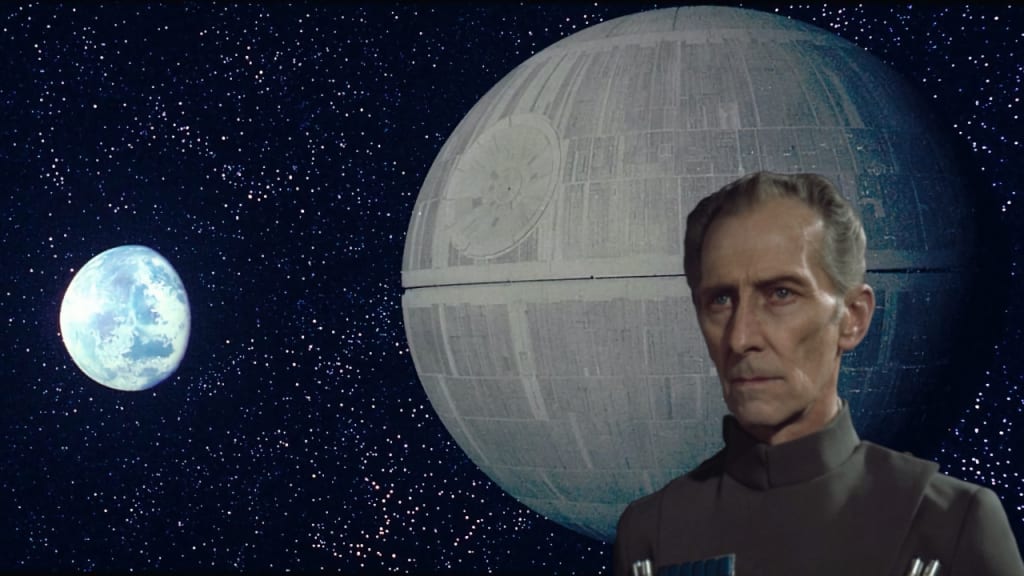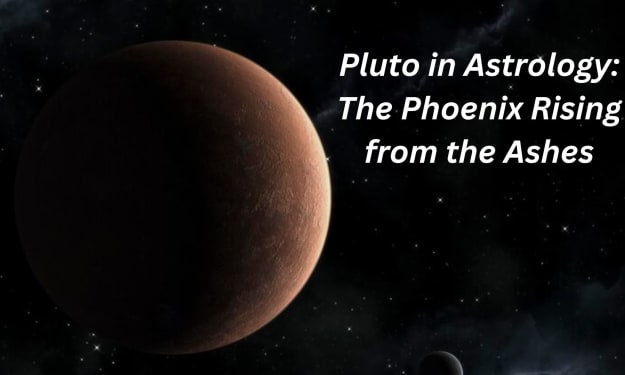Why Tarkin Had The Authority To Destroy Alderaan
The Man Himself

Apart from the main characters of Star Wars, Wilhuff Tarkin is one of the few whose life and career has been fleshed out quite extensively, not only in the Expanded Universe but also in current canon. Beyond his appearance in Episode IV, he was part of The Clone Wars series, will be featured in the upcoming Bad Batch animated show, played a role in Star Wars Rebels and Rogue One, got his own novel by James Luceno, and was featured in numerous other books and comics of the current era of Star Wars.
Tarkin, whose career started before the clone wars, quickly rose through the ranks and became the first Grand Moff after the declaration of the Empire. As such, he was part of the innermost circle around Emperor Palpatine, who trusted Tarkin to carry out his will.
In fact, Tarkin throughout his professional life perfectly lived by the order that Palpatine gave to Anakin Skywalker, after he had fallen to the Dark Side: “Do what has to be done, do not hesitate, show no mercy.”
The Grand Moff knew what the Empire (and the Emperor) expected of him and he acted accordingly: When something had to be done to ensure the supremacy of the Empire, he did it, no matter the cost. He didn’t hesitate to blow-up big parts of Scarif, killing not only the rebels, but also countless soldiers of the Empire and the plans for many secret projects, just to ensure the Rebel Alliance wouldn't get away with the schematics for the Death Star.
Tarkin knew that the Emperor didn’t suffer fools or tolerate failures, and this is also how he treated his own subordinates: “You have failed me for the last time" was often equivalent with the first time.
The old Expanded Universe introduced the so-called “Tarkin Doctrine,” a concept of ruling a cowed populace by fear. People who are afraid that a strong and oppressive military could show up at their doorstep anytime and without a concrete reason wouldn’t dare to oppose or to rebel. This belief was very much shared by the Emperor himself.
In James Luceno’s novel, this was carried over into current canon, and Tarkin even says as much in A New Hope: “Fear will keep the local systems in line. Fear of this battlestation.”
This line, of course, refers to the first Death Star, the command of which Tarkin had taken over from Orson Krennic shortly after the first test of the DS1 over Jedha. Following his own doctrine, his plan was not to actually take the Death Star to every system that opposed the Empire and just blow it up, but to simply show the galaxy that he could do so, if he saw fit. And by having earned the faith and the trust of Palpatine to “do what has to be done,” it seems he didn’t even have to ask for permission to do so.
Alexander Freed's recently released book Victory’s Price, which is part of the Alphabet Squadron trilogy, suggests that Palpatine had constructed a gigantic surveillance system all over the galaxy to quickly identify any individual, group, or organization that might oppose his will. With DS1, he had the perfect means to destroy these elements for good. And with Tarkin at its helmm he had a willful enforcer.
So, when Tarkin chose to fully test the superlaser of the Death Star for the first time, Alderaan was a logical choice for more than one reason:
Apart from finally breaking Princess Leia’s will, after she had even resisted Vader and his torture droid, Alderaan was a well-known and respected planet within the Core Worlds. Its destruction would be far more impactful than that of some backwater planet somewhere in the Outer Rim. (“Dantooine is too remote to make an effective demonstration.”)
Secondly, Alderaan was, as Leia has stated, a peaceful planet. (“We have no weapons.”) If the Empire would crush a planet that didn’t offer much of a resistance, what would it do with planets and systems that did?
And lastly, although Alderaan didn’t have a big military force, its ruler, Bail Organa, was one of the founding members of the rebellion against the Empire, and Tarkin, with all his official and unofficial connections, surely knew this. By destroying the homeworld of one of its leaders, surely the other rebels would see the futility of their undertaking and surrender, wouldn’t they?
Ultimately, it was the opposite that happened: Due to the loss of her homeworld, Leia became the face of the rebellion, and the destruction of Alderaan was basically Tarkin’s last of his “ruling by fear” actions, as shortly afterward, he perished together with his almighty superweapon.
Written By Gerald Petchsk
Source(s): Screen Rant
Syndicated From Culture Slate






Comments
There are no comments for this story
Be the first to respond and start the conversation.